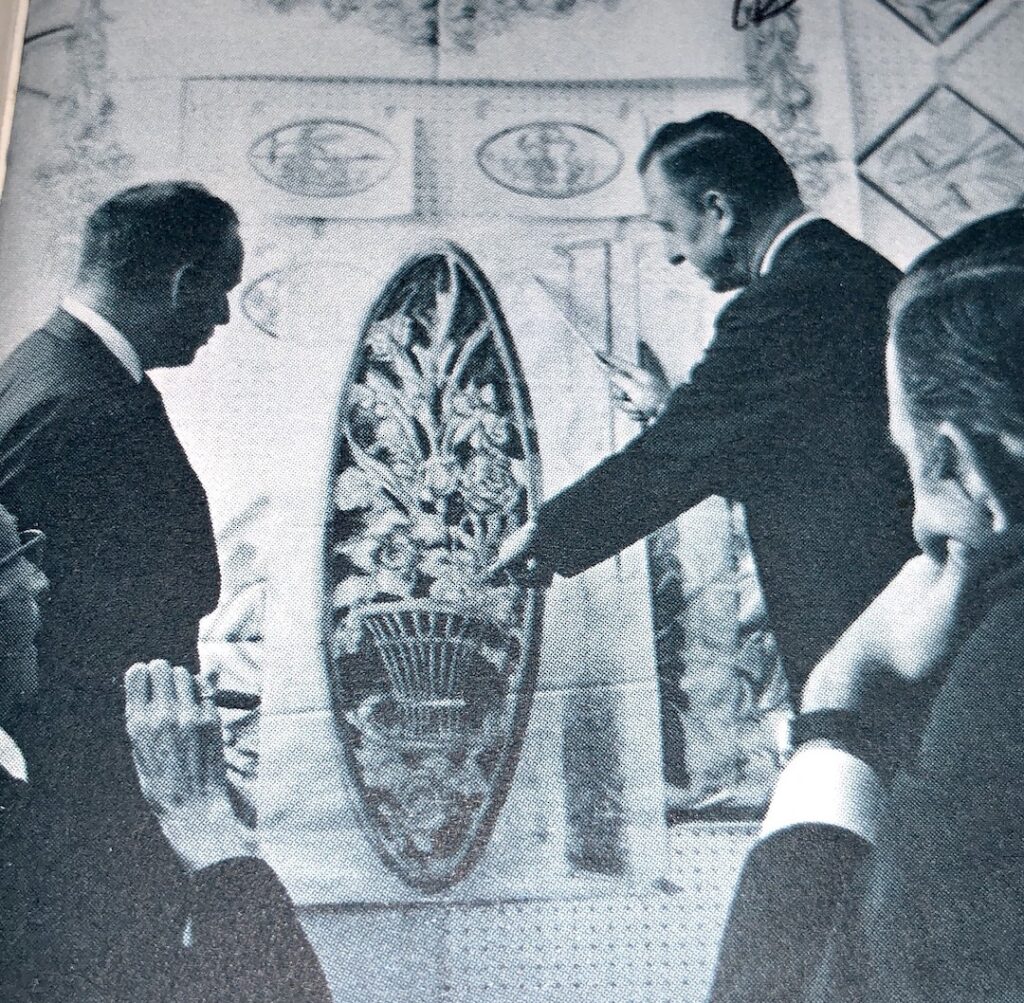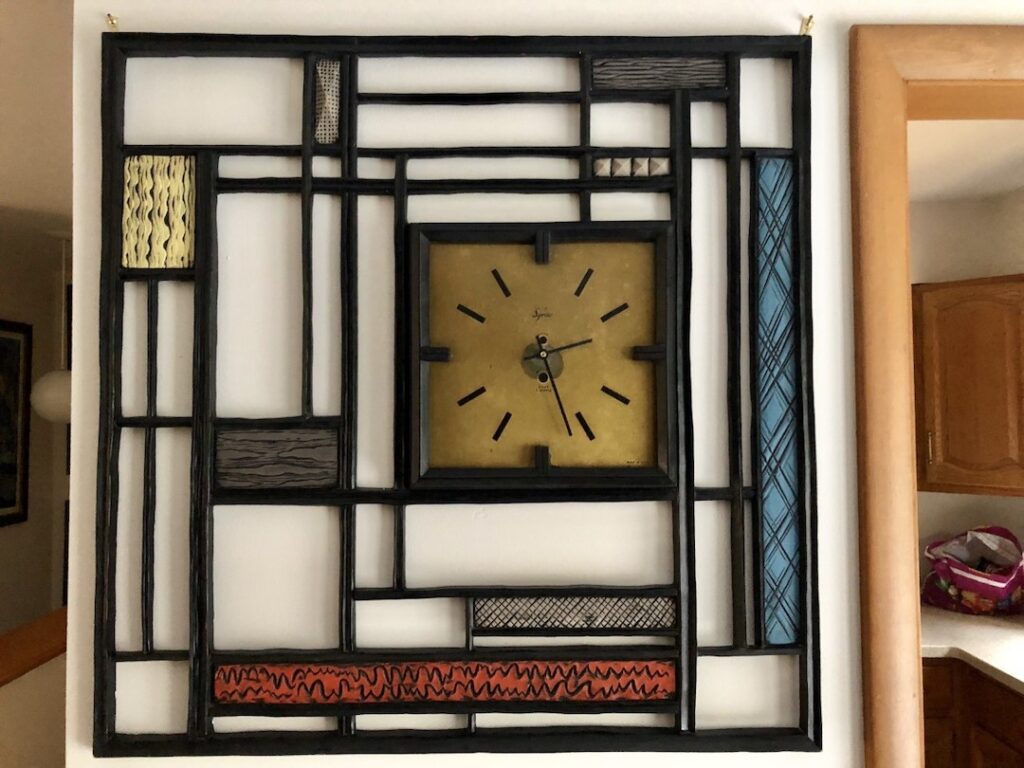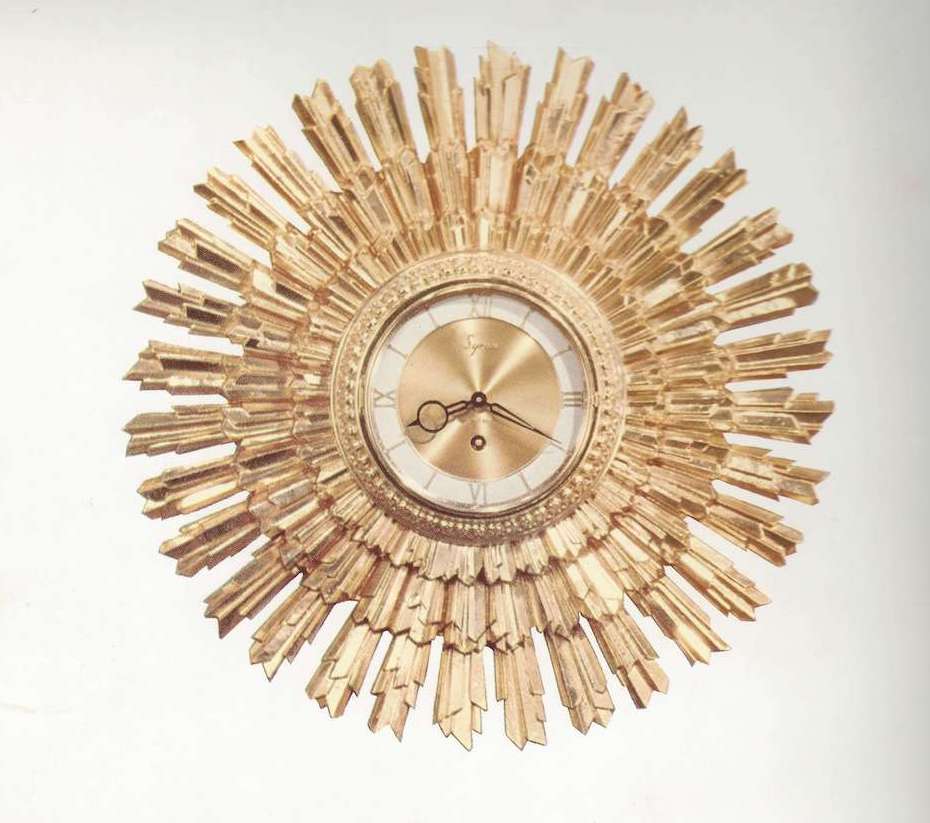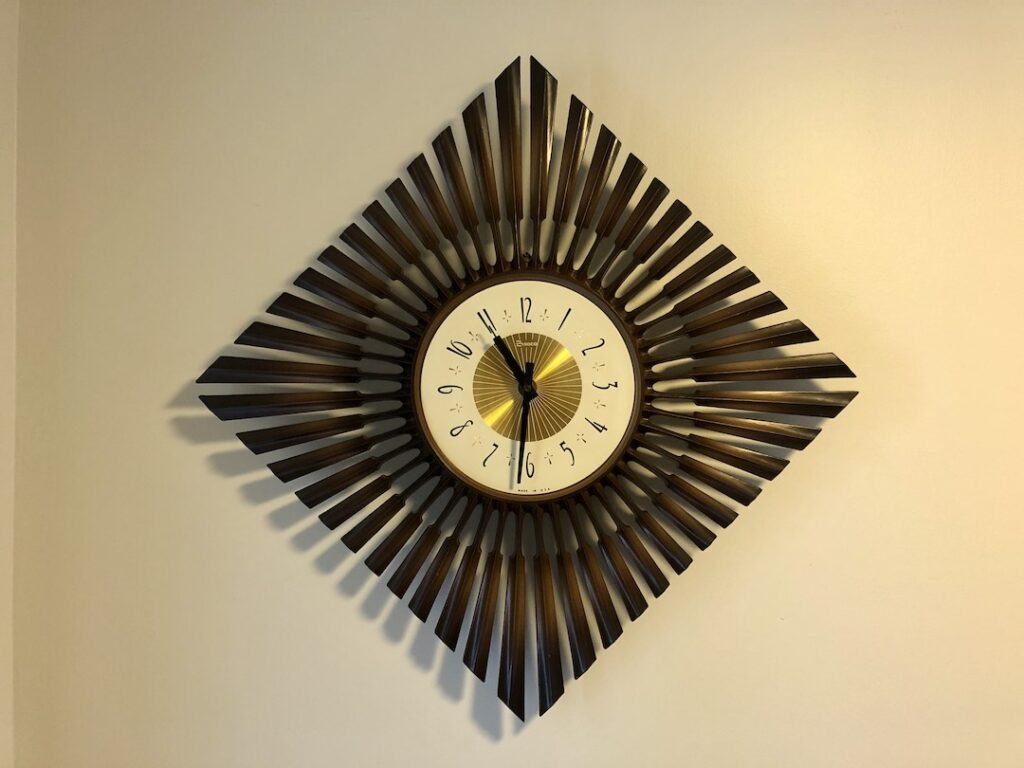When you think of Mid Century Modern design, certain names pop right to mind. But there are plenty of names you might not recognize who nevertheless played an important part in shaping the mid century’s aesthetic. Harry Laylon, who was the Senior Vice President of Design and Engineering at Syroco, is one such name.

Harry Laylon: Bio in Brief
We spoke to Grant deBruin, Harry Laylon’s grandson. Born in 1911 in a small logging town in Pennsylvania, Harry Laylon carried a modesty with him throughout his life that Grant attributes to Laylon’s humble roots. “He was never braggadocious,” Grant says.
Harry Laylon studied architecture and design at New York University from 1930-34. He studied under the influential champion of modernism, Gilbert Rohde. After graduating, Laylon found work as a designer at several companies including Chase Brass and Copper and Rembrandt Lighting before starting at Syroco.
In 1948, Laylon started at Syroco in Van Buren, just outside Syracuse, New York. According to Grant’s interview with his grandmother, Olga, Laylon’s wife, Laylon took the job when the company was teetering on bankrupcy. Laylon accepted the job offer as a challenge.
Syroco under Laylon’s Direction
Syroco, short for Syracuse Ornamental Company, was founded in 1890, when it made handcrafted wood carvings. By the time Laylon came on, Syroco had transitioned to wood pulp molded decorative items that looked as if they’d been handcarved.

This square clock designed in the 50s is an example of a wood pulp molded design. The geometric design resembles a Mondrian painting. The clock is rare, however, since it was never launched into full production.

Syroco also used a metal finish on several of its pieces to give a gold or silver finish. The sunburst clock, for instance, uses this finish. The clock, designed under Laylon’s direction “likely saved the company,” Grant says. It sold very well. In the 60s, Syroco transitioned to injected plastic molds.
In 1968, Laylon was promoted to his role as Senior VP of Design and Engineering. This role meant that he came up with product designs and oversaw the designs’ completion and production. Laylon retained this role until he retired in 1976.
Syroco was bought by Dart Industries in 1965 and changed hands a few times before being bought by Vassallo Industries in 2004. The company closed down the Syroco plant in 2007.
Design Philosophy and Legacy
In an 1953 article, Laylon wrote, “All decoration must have a purpose behind it.” He elaborates, “By this I do not mean that every picture must hide a wall safe.” Instead, he continues, “Well-chosen, well-placed pictures can add warmth, color or atmosphere to a room. In doing this, the pictures are serving a definite need, supplying that which is useful or desirable.”
The range of items and styles Laylon designed and oversaw in his career at Syroco were aimed at being useful and desirable for a variety of tastes. Grant says of his grandfather that his work “runs the gamut of what people were looking for” from kitschy to simple and modernist.
Like many mid century designs, Syroco’s are sought after by collectors today. And as for Laylon’s particular legacy, his grandson Grant wants to see his grandfather’s work receive more recognition.

Read on about more mid century artists and designers you may not have heard of such as Ruth Asawa and Adrian Pearsall.
And of course, don’t forget to follow us on Instagram, Facebook and Pinterest for more Atomic Ranch articles and ideas!












